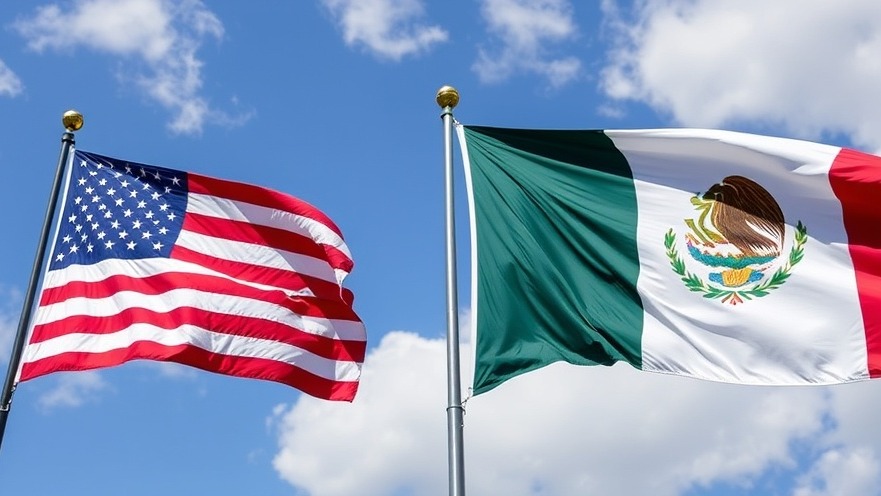
Battle Against Hydrilla: Austin's Response to Invasive Species
The City of Austin is taking proactive measures to combat the spread of hydrilla, a non-native aquatic plant threatening Lake Austin's ecological balance. Recent surveys have revealed that hydrilla has infested over 74 acres of the lake, making up five percent of its area, particularly in coves and backwaters. Since its resurgence in 2024, city officials have decided to enlist the help of approximately 350 sterile grass carp to control this invasive species.
Why Grass Carp?
Grass carp are an effective natural solution for managing hydrilla as they preferentially feed on this invasive plant, significantly reducing its density without harming the native aquatic vegetation. Significantly, the strategy employs a conservative stocking rate of five carp per acre to ensure that the ecological balance is maintained. This approach acknowledges the need for aquatic vegetation to support fish and water quality while also working to prevent hydrilla's invasive tendencies from spiraling out of control.
A Cautionary Tale: Past Hydrilla Infestations
Hydrilla first appeared in Lake Austin in 1999 and peaked during 2012 and 2013, when it covered 500 acres—about a third of the lake. While hydrilla is not currently impeding lake usage, the historical context reminds us of the potential threats invasive plants pose if left unchecked. Learning from past experiences, city staff are navigating the complexities of weed management to ensure Lake Austin remains a healthy habitat for aquatic life.
Good Practices for Lake Users
City officials urge residents and visitors to help prevent the spread of non-native species by following key practices:
- Clean, drain, and dry boats and gear before and after use.
- Avoid swimming and boating through dense patches of underwater vegetation.
- Do not toss plant pieces back into the lake, as this can result in hefty state fines of up to $2,000 per plant.
Looking Forward: The Future of Lake Austin
With increased urbanization and climate change presenting challenges to environmental preservation efforts, Austin's approach to managing hydrilla through natural means speaks to a larger trend in local policymaking. As communities grapple with invasive species and environmental sustainability, the actions taken in Austin serve as a case study for other cities facing similar ecological threats.
Join the Effort!
As a resident or visitor of Austin, everyone can play a part in protecting local waters and preserving the natural beauty of our environment. The synergy of community awareness and municipal action can ensure that our lakes thrive for generations to come. Plus, contributing to local initiatives not only benefits the environment but also strengthens community bonds. Tune into local news, support city efforts, and take personal actions that protect our waters.
 Add Element
Add Element  Add Row
Add Row 



Write A Comment